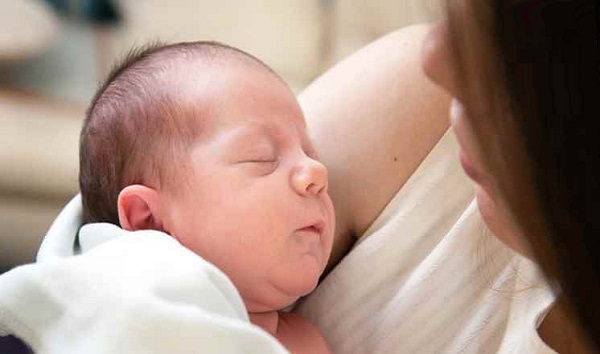Berlin. Germany is called the economic superpower of Europe. But today this country is facing a challenge that is not only affecting its social structure, but is also putting the economic stability of the future in danger. According to recent data from the German Federal Statistical Office (Destitis), Germany’s birth rate in 2024 fell to 1.35 children per woman, the lowest level in the last two decades. This figure is not only worrisome, but it indicates a deep social and economic change.
According to the latest data, Germany has a steady decline in birth rate, which has now reached the lowest level in almost two decades. A total of 677,117 children were born in Germany in 2024, which is 15,872 less than 2023. This shows a decline of 2%, although this decrease has slowed down compared to previous years (8% and 7% declines in 2022 and 2023 respectively).
Regional inequalities and trends
Various regions of Germany have seen a variation in birth rate. Thuringia, East Germany recorded the fastest 7% fall in birth rate, reaching 1.24 children per woman, while the south-western state of Baden-Wurtembberg was only 1.39 with a decrease of only 1%. This decline is even more clear among women with German citizenship, where the birth rate is at the lowest level in decades.
The average age of mothers in 2024 was 31.8 years and father’s 34.7 years, which is stable since 2021. The average age of parents for the first time was 30.4 and 33.3 years respectively. Since 1991, the average age of the parents has increased by about four years, which reflects the tendency to have a late child.
Economic and social challenges
Germany’s birth rate has been below the replacement level of 2.1 for decades, increasing the concern of long -term demographic changes. Low birth rate may cause reduction in labor force, increased pressure on pension system and additional burden on healthcare system. Experts believe that factors such as the influence of Kovid-19 epidemic, Ukraine war, inflation and climate crisis have affected family planning, due to which many people are delaying or avoiding giving birth to children.
According to the German Institute for Economic Research (IFO), the figure fell to 1.35 in 2024 compared to 1.58 children per woman in 2021. East Germany saw a fall of 17.5% in birth rate, higher than West Germany. It is partly due to a decrease in the number of women in the age group of 27–36 years and migration from east to west for better career opportunities.
Policy suggestions and future concerns
Experts say that social and policy changes are necessary to deal with the long -term effects of low birth rate. Researcher Martin Buzard, a German Institute for Population Research (BIB), believes that better child care features and work-life balance policies can help increase birth rates. Since 2007, the number of day-care places for toddlers has increased from 10% to 30%, which is considered a positive step.
However, economic challenges remain for large families. According to a BIB survey, two-thirds of the youth believe that large families are attractive, but half say it is possible only for those who can bear it. One-fourth of families with three or more children in Germany face financial crisis.
According to Eurostat data, the average birth rate of the European Union in 2023 was 1.38, which corresponds to the figure of Germany in the year. However, the European Union figures are not yet available for 2024. France is the highest birth rate country in Europe, while Malta is the lowest. The condition of Germany is around the European average, but it is a matter of concern for long -term economic stability.

















